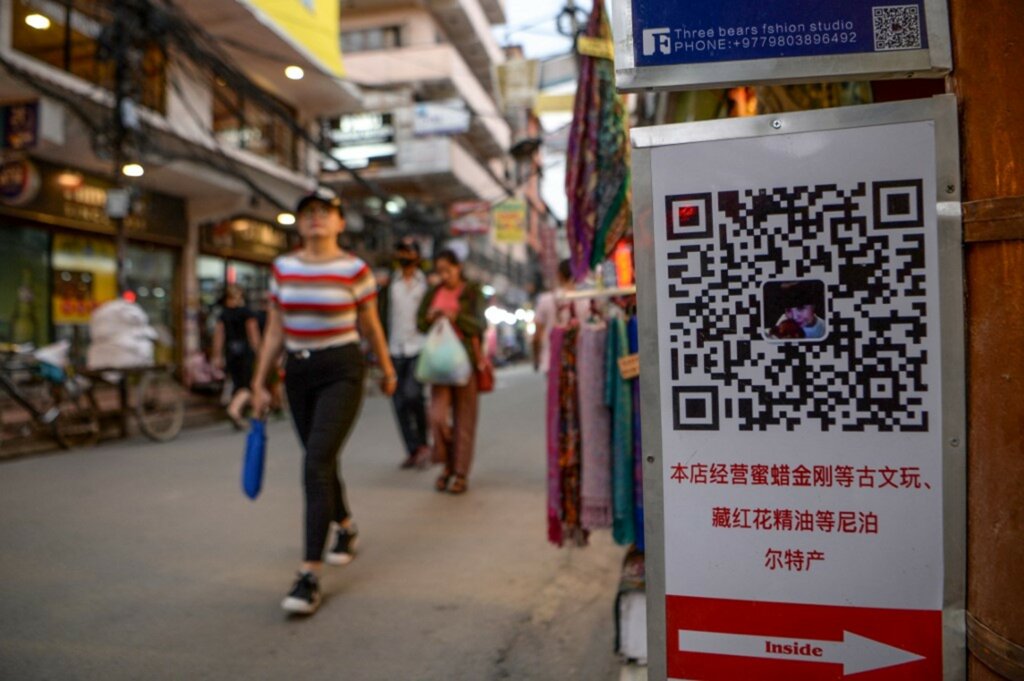
This article has been contributed by Nathan Hew.
Digital payment methods are on the rise globally. In regions like the Asia Pacific (APAC), where e-commerce is booming and online sales are as popular as physical retail, more consumers prefer to use digital wallets — and the numbers show that this is true.
According to the Worldpay from FIS Global Payments Report 2023, digital wallets were the leading payment method globally, accounting for 49% of transaction value in e-commerce and 32% at the point of sale (POS) in 2022. Mobile wallets are projected to remain the leading payment method across e-commerce (54%) and POS (43%) in 2026, with fintechs, banks, neobanks, super apps, Big Tech, and device manufacturers competing as digital wallet providers.
While APAC remains an outlier with the overwhelming majority of wallet share, digital wallets are now Europe’s leading e-commerce payment method (having taken the lead in 2021) and North America (where wallets passed credit cards for leading status in 2022). Major global e-wallets like PayPal, Apple Pay, and Google Wallet have established a strong footprint in these countries as more consumers shop online.
But to truly understand the significance of why digital wallets are becoming an increasingly popular payment method, let’s first dive deeper into the mechanics of a digital wallet.

Coca-Cola deployed arguably the first solution that appears close to a digital wallet in 1997: two vending machines in Helsinki, Finland accepted payment by text message. (Source: Shutterstock)
Digital wallets: What is it and how do they work?
Digital wallets are applications designed to leverage the abilities of mobile devices to improve access to financial products and services. What sets them apart from traditional payment methods is that it eliminates the need for consumers to carry a physical wallet. Beyond this, digital wallets contain a consumer’s payment information for easy convenience to make multiple payments on the same device.
It all started 25 years ago when 21-year-old entrepreneur Dan Kohn in Nashua, New Hampshire, sold a CD over the internet via credit card payment. Since then, technology has evolved. Now, digital wallets use a mobile device’s wireless capabilities like Bluetooth, Wi-Fi, and magnetic signals to transmit payment data securely from your device to a point of sale designed to read the data and connect via these signals.
Some of the most well-known wallets in the market include Apple Pay, Google Wallet, Samsung Pay, PayPal, Venmo, and AliPay — each containing unique features to help distinguish themselves from their competitors. Apple, for example, entered into a strategic partnership with Goldman Sachs to issue Apple credit cards and expand its Apple Pay services.
As cryptocurrency has become part of a financial system, companies like Bitpay invented cards that let you pay with cryptocurrency. Digital wallets like Apple Pay and Google Pay allow consumers to add a Bitpay debit card. The Bitpay card converts cryptocurrency to dollars at the current market value, allowing the wallet to complete the transaction.
The rising popularity of digital wallets in Asia
Asia is “at the forefront” of innovation in digital payments, leading developments in areas like cross-border payments and central bank digital currencies, according to Yvonne Szeto, vice president at payment processor Worldpay, which FIS acquired. “It is also the region where digital wallets first took hold as the dominant payment method, and that dominance shows no signs of abating,” Szeto said.
Out of the factors that propel digital wallets to their current growth, three elements, in particular, stand out. A big talking point is that more people are using the Internet for the first time to engage with payment offerings. In Southeast Asia alone, more than 40 million people did just that in 2020, according to a study by Google, Singapore state investment company Temasek, and consultancy Bain.
The numbers also show that digital wallets will encourage more e-commerce transactions. Data from Euromonitor suggests that Asia is set to account for 40% of an estimated US$13.3 trillion in global retail sales this year while making up 47% of US$2.9 trillion in e-commerce transactions and 65% of mobile commerce (worth US$1.6 trillion).
What does this mean? Mobile commerce is likely to grow eight times faster than brick-and-mortar retailing within APAC, translating into an additional annual spending of US$600 billion for the digital wallet economy in Asia by 2025.
It results in an efficient economy and transparency for governments, regulators, and financial institutions. Beyond this, the World Bank has shown that increased use of digital means of payment can help reduce the size and impact of the shadow economy. The growing use of cost-effective solutions, like QR codes and the adoption of uniform payment standards, will continue to allow digital wallets to lower costs for merchants while increasing electronic and trackable acceptance.

Both regions have a distinctive approach when it comes to adopting digital wallet. (Source: Chip Somodevilla/AFP)
Digital wallets in the East and West: What is the difference?
In the West, wallets designed and offered by Big Tech tap into existing payment behaviors, creating a digital interface for physical payment cards that don’t require downloading an app for payments on handheld devices — unlike the “super apps” that have emerged in China and elsewhere.
Asia, on the other hand, lacks the existing banking and payment infrastructure. Coupled with the widespread use of cash, it propelled emerging payments businesses — like Grab, Gojek, and GCash — to start from scratch, using apps and QR code-based functions to drive scale and access.
They approach this opportunity from a 360 standpoint, offering a range of services that cover areas such as e-commerce, entertainment, social services, facilitation of remittances, and even, in some cultures, delivery of seasonal good luck gifts known as “red packets“.

Chinese tourists walk past a QR code for Chinese digital wallets displayed on a street in Kathmandu. (Source: Prakash Matheme/AFP)
Pros and cons of using a digital wallet
Like with any technology, there are advantages and disadvantages to using digital wallets.
A digital wallet can:
- Limit exposure to financial and personal information: Similar to standard credit or debit cards, most digital wallets have some form of fraud protection or monitoring. Some digital wallets employ biometrics, such as fingerprint and facial recognition technology.
- Eliminates the need to carry a physical wallet and cards: While cash is king, the convenience offered by digital wallets complements today’s digital landscape. Plus, having fewer cards reduces the chances of losing those items.
- Improve access to financial services: Consumers can use digital wallets without the need for a a bank account or credit card. It makes them a valuable tool for people living in poverty or remote areas with few traditional banking branches.
That said, digital wallets have their disadvantages.
- Not all countries or regions embrace digital wallets: Take Japan, for example. While the country offers an abundant choice for digital payments, Japan still remains a cash-dependent economy, according to a source cited in the Asia-Pacific Mobile Payment Methods 2022 report by Research and Markets. Much of this is due to its vast ATM network and relatively higher credit card fees, making smaller merchants reluctant to accept cashless payments.
- Digital wallets are vulnerable to identity theft or fraud: According to a Kaspersky research titled “Mapping a secure path for the future of digital payments in APAC”, nearly all respondents in Southeast Asia (97%) were aware of at least one type of threat against e-payment platforms, while almost three in four (72%) have personally encountered at least one type of threat associated with this technology.








